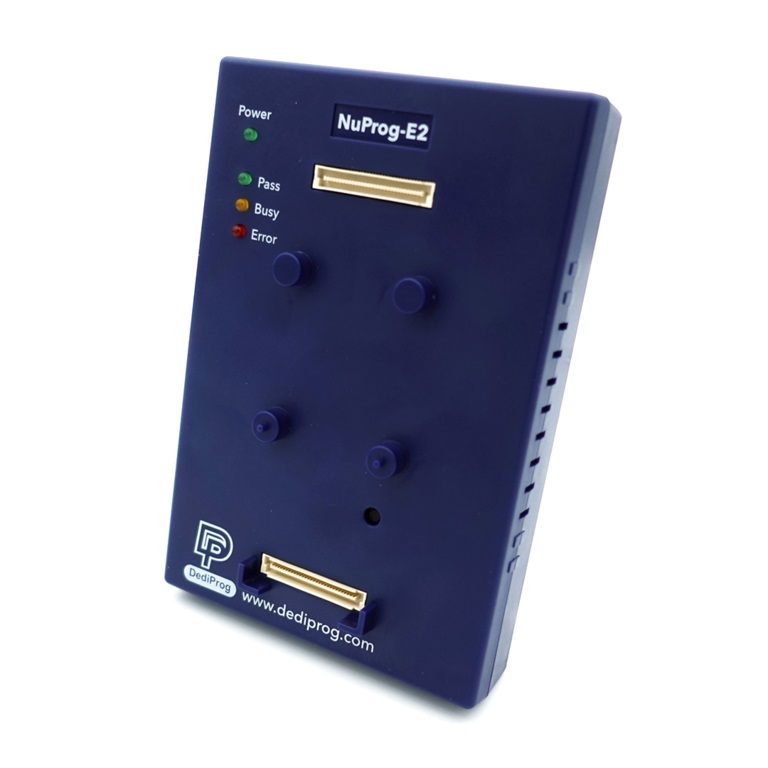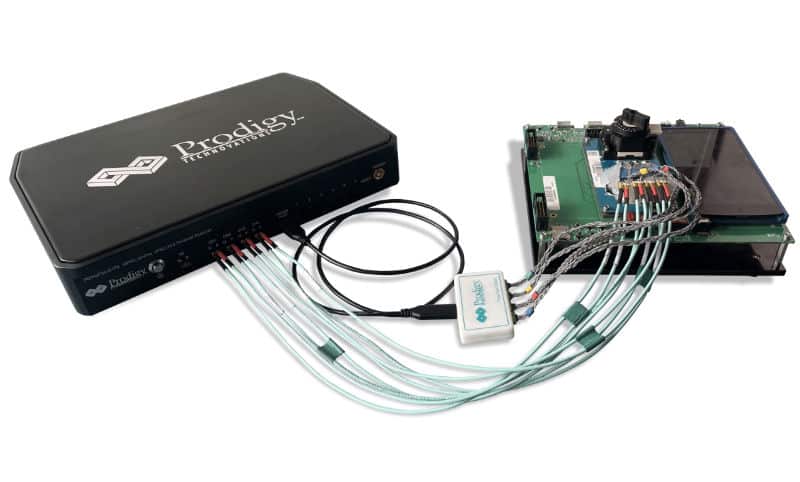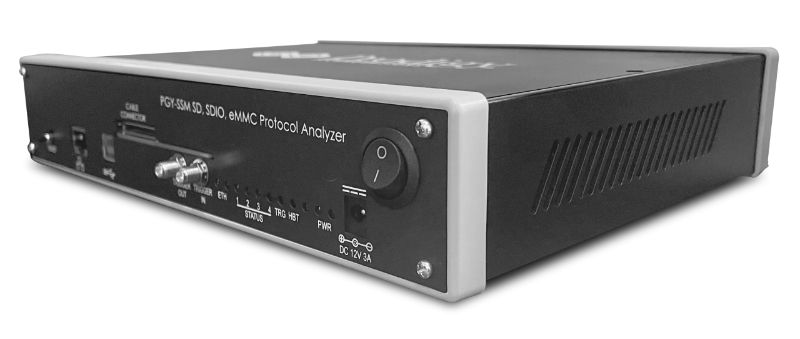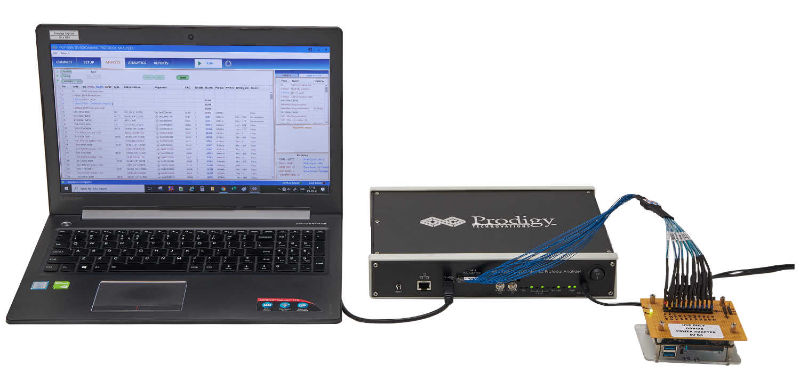
UFS vs eMMC: Differences and Similarities
Mobile devices have come a long way in terms of speed and performance for storage solutions. Until now, smartphones and tablets have typically used eMMCs for data storage. But if you recently took a look at the premium models of the smartphone manufacturers, you have surely already come across the term UFS (Universal Flash Storage). UFS is seen as the future storage standard, and in January 2020 the release UFS 3.1 was already released.
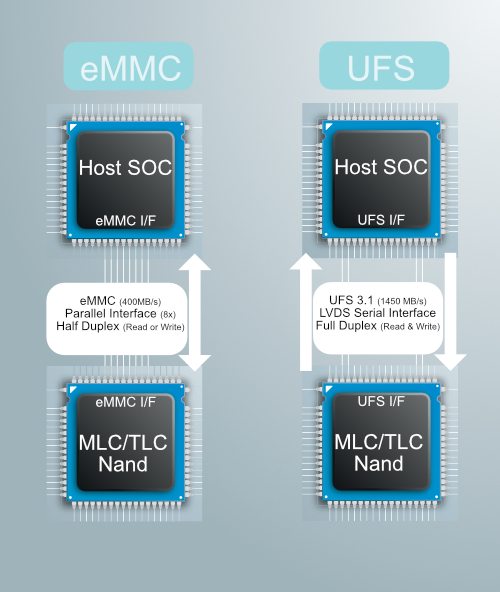
What exactly is UFS 3.1?
UFS or Universal Flash Storage is a recognized flash storage specification for digital cameras, mobile phones and other consumer electronics, automotive and industrial automation devices. The main idea behind UFS is to provide flash memory with high data transfer speed, high reliability and low power consumption. The UFS standard is managed and developed by the JEDEC Solid State Technology Association.
The functionality of UFS is based on the performance advantages of the SATA interface used in PCs combined with the flash optimized low power consumption of eMMC's. UFS aims with its functions at the flash optimized low power consumption of eMMC's and the performance advantages of the SATA interface used in PCs. Unlike the previous storage standard eMMC, UFS is also based on the SCSI architecture model and supports SCSI Tagged Command Queuing, which allows the operating system to send multiple read and write requests to the storage.
The UFS standard aims to combine the highest performance with the highest quality and provide consumers with a better overall user experience. This next generation flash memory offers much faster response in data input and output, resulting in faster file transfer, faster booting, and much faster data copying.
So UFS promises users seamless multitasking, allowing them to watch high-quality video, play high-bandwidth games, and run multiple processes in the background simultaneously, all without any interruption in functionality. This is also true for automotive applications, where memory bandwidth is becoming a limiting factor due to the increased number of cameras and sensors.
UFS and eMMC in comparison
The UFS 3.1 standard offers significant performance improvements over the previous storage standard eMMC (embedded Multi-Media Controller).
UFS has a serial LVDS interface (Low-Voltage Differential Signaling) with separate read and write paths. While eMMC has a half-duplex interface that allows only either read or write, UFS has a full-duplex interface that allows simultaneous read and write.
In addition, UFS also has a Command Queue (CQ), which effectively orders all operations and & or commands to be executed. This means that multiple commands can be executed simultaneously and the order of tasks can be changed and prioritised accordingly in real-time.
Since eMMC has no CQ, it must wait for a process to complete before moving on to the next task.
Tools for development
Protocol analyzers with which the data traffic can be streamed and decrypted can be used to design, test and debug memory designs.
Price on request
Price on request









